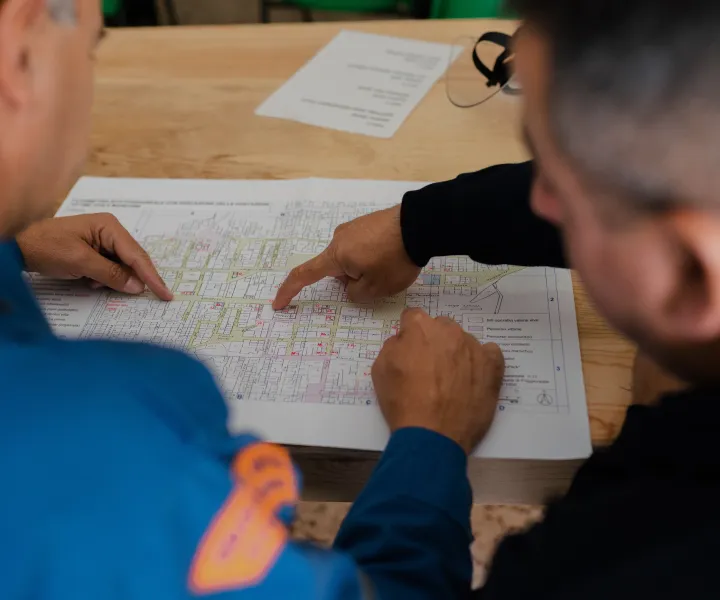HOA Winter Prep Checklist: 10 Steps to Protect Your Community Before the Storms
.png)
.png)
Subscribe: The Board Brief
Quarterly, practical guidance for HOA boards & PMs. No fluff—just field-tested insights.
Winter weather is predictable—until it isn’t. Every year, HOA boards ask the same question: “Can we finish this project before the rains hit?”

“If I knew the exact date the rains start, I wouldn’t be here. But I can tell you this: the rains always come. The sooner you prepare, the better.” — Paul Reeves
Whether it’s two weeks of steady storms in Northern California or a month’s worth of rain in two days in Nevada, the constant is preparation. Treat fall as your clean shot to prevent leaks, trip hazards, and emergency calls. Use this pragmatic 10-point checklist to make winter a non-event.
The 10-Point HOA Winter Prep Checklist
- Remove debris and leaves from all gutters and downspouts.
- Check flashings, scuppers, and joints for damage.
- Take dated photos to document condition for claims or warranties.
- Ensure water flows away from foundations.
- Clear yard drains, driveway channels, and swales.
- Verify sump pumps are tested and operational.
- Look for gaps around windows, doors, and utility penetrations.
- Reseal where caulking has failed.
- Note repeated leak points for spring capital projects.
- Patch cracks before water seeps in and freezes.
- Grind raised sidewalk slabs to reduce liability.
- Re-stripe faded pavement markings.
- Trim trees near buildings, roofs, and walkways.
- Stake younger trees vulnerable to wind.
- Remove deadwood before storms bring it down.
- Schedule service for backup generators.
- Test sump pumps and replace weak batteries.
- Confirm boiler and HVAC equipment are winter-ready.
- Have safety supplies on hand before the first storm.
- Place cones, caution tape, and barricades in accessible storage.
- Stage sandbags at known low points.
- Order tarps, sealant tubes, plywood, and other emergency patch materials.
- Identify long-lead items (roofing tiles, specialty doors) and order now.
- Update contact list for roofers, plumbers, electricians, and landscapers.
- Confirm after-hours numbers and escalation procedures.
- Share the list with board members and managers.
- Let residents know what to expect in storms.
- Provide instructions for reporting leaks or hazards.
- Reassure them that the board is prepared.
Budget Smarts for Winter Prep
- Tie quick fixes to a bigger plan. Log issues for your reserve study or spring capital projects.
- Track repeated leaks. Patterns point to scope-worthy repairs.
- Use unit pricing. Keep surprises from becoming open checkbooks.
Why Acting Now Matters (Not After the First Storm)
The worst time to call vendors is after the first storm. Phones ring off the hook, response times stretch, and costs climb with demand. The best time is now — while contractors still have capacity and materials are available.

“If you don’t start now, your ‘spring’ project becomes a summer project — and it costs more.” — Paul Reeves
Pro Tips for New Board Members and Managers
- Ask long-timers. Document known trouble spots.
- Review old work orders. Close out items carried over from last winter.
- Flag problem areas early. Don’t wait for mid-storm surprises.
- Check irrigation. Reset timers or winterize lines in freezing zones; document spring startup ownership.
At-a-Glance: Winter Readiness Checklist
We’re here to help
Schedule a seasonal readiness review
We’ll walk the property, confirm vendor readiness, and help you prioritize the few steps that prevent leaks, hazards, and after-hours calls.
Book a CallCheck Out More
"The Board Brief" Blog



%20(1).png)
.png)
.png)